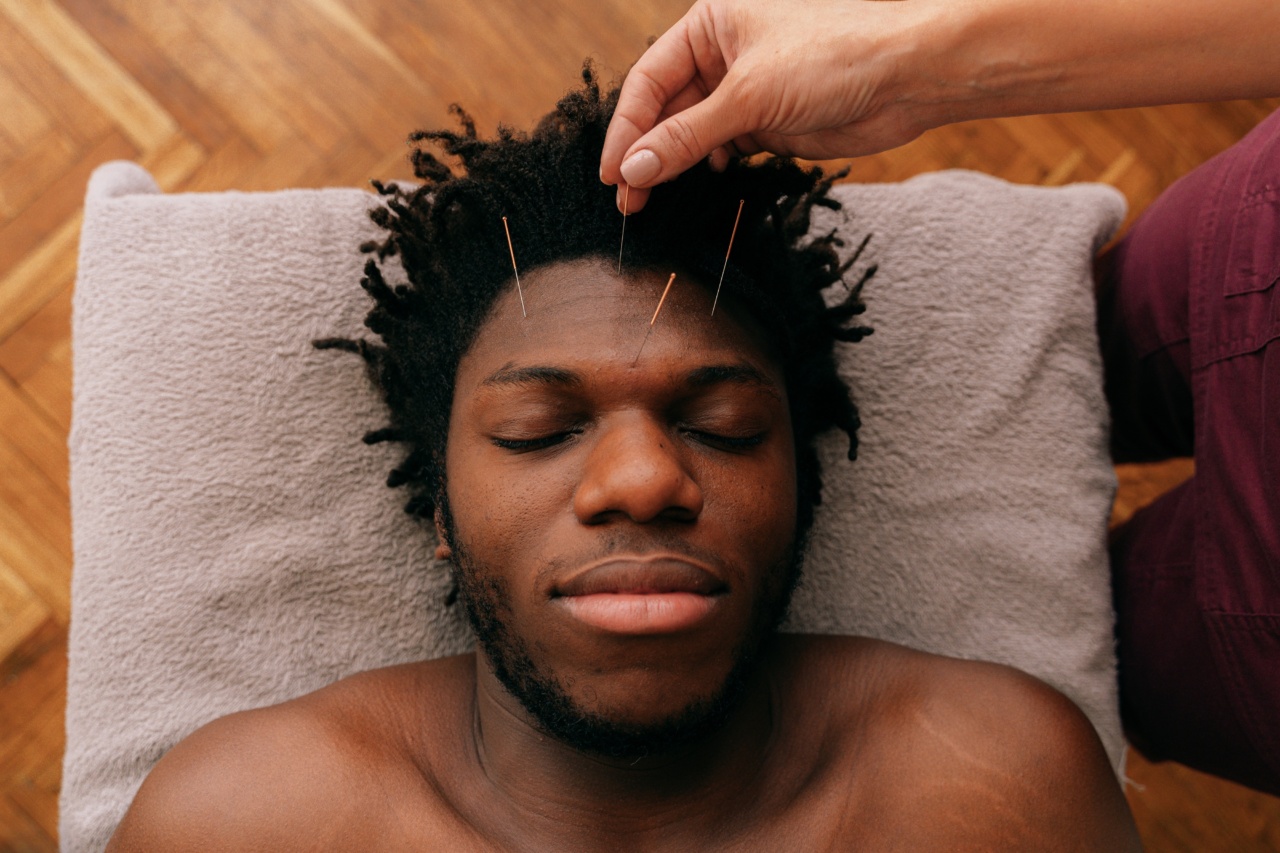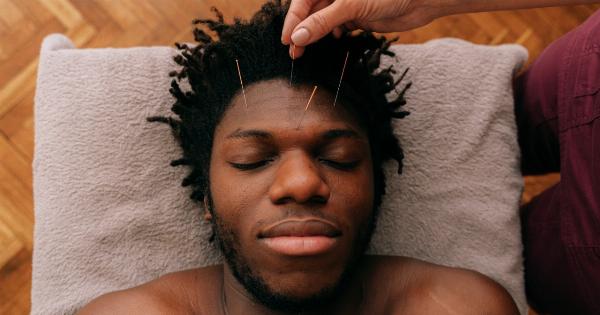Chin hair, also known as facial hair, is a common occurrence in both men and women. While men typically have more prominent and visible facial hair, women can also experience the growth of hair on their chin.
It is important to understand that chin hair is often a result of hormonal changes in the body.
Hormonal Changes and Chin Hair
Hormonal changes play a significant role in hair growth, including the growth of chin hair. The hormone responsible for this is called androgen, which is present in both men and women.
However, higher levels of androgen in women can lead to the development of facial hair, including on the chin.
Women typically produce a small amount of androgen, but certain conditions can cause an imbalance in hormones and result in excess hair growth.
Polycystic ovary syndrome (PCOS) is one such condition that leads to higher levels of androgens in women, often resulting in unwanted facial hair.
In addition to PCOS, other hormonal changes that can contribute to chin hair growth include puberty, pregnancy, and menopause. During these periods, there are fluctuations in hormone levels, which can trigger the growth of facial hair.
The Role of Testosterone
Testosterone is an androgen hormone that plays a key role in the growth of facial hair. While testosterone is primarily associated with male characteristics, women also produce small amounts of this hormone.
However, when the levels of testosterone increase in women, it can lead to the growth of hair on the chin and other areas of the face.
Treatment Options for Chin Hair
There are several treatment options available for managing chin hair growth. The choice of treatment depends on the underlying cause and severity of the condition.
1. Tweezing or Plucking
Tweezing or plucking is a common method used to remove unwanted chin hair. However, it is not a long-term solution as the hair will eventually grow back. This method is best for removing a few stray hairs.
2. Waxing
Waxing involves applying hot or cold wax to the chin area and then pulling it off quickly to remove the hair. Waxing provides longer-lasting results compared to tweezing, as it removes hair from the root.
However, it can be a bit painful and may cause skin irritation.
3. Shaving
Shaving is a quick and easy method to remove chin hair, but it is important to note that the hair will grow back relatively quickly. This method is not recommended for women with excessive or coarse hair growth, as it may cause stubble and irritation.
4. Laser Hair Removal
Laser hair removal is a popular long-term solution for managing chin hair. It involves using a laser to target and destroy the hair follicles, inhibiting future hair growth. Multiple sessions are usually required for the best results.
5. Medications
In cases where hormonal imbalances are the root cause of excessive chin hair growth, medications can be prescribed to regulate hormone levels. Anti-androgen medications, birth control pills, and topical creams are some of the common treatment options.
Preventing Chin Hair
While it may not be possible to completely prevent chin hair from developing, certain measures can help minimize its growth and appearance.
1. Hormonal Balance
Keeping hormones balanced through a healthy lifestyle, regular exercise, and a well-balanced diet can help minimize chin hair growth.
2. Gentle Hair Removal Methods
Avoid harsh hair removal methods that can irritate the skin and cause further hair growth. Opt for gentler methods such as waxing or threading.
3. Regular Exfoliation
Regular exfoliation can help remove dead skin cells and unclog hair follicles, reducing the likelihood of hair growth.
4. Consult a Professional
If the growth of chin hair is excessive or causing emotional distress, it is recommended to seek professional help. A dermatologist or endocrinologist can provide guidance and suggest appropriate treatment options.
Conclusion
Chin hair is a common occurrence, especially among women experiencing hormonal changes. By understanding the underlying causes and available treatment options, individuals can effectively manage and minimize the growth of chin hair.
It is essential to consult a healthcare professional for a proper diagnosis and personalized treatment plan.





























